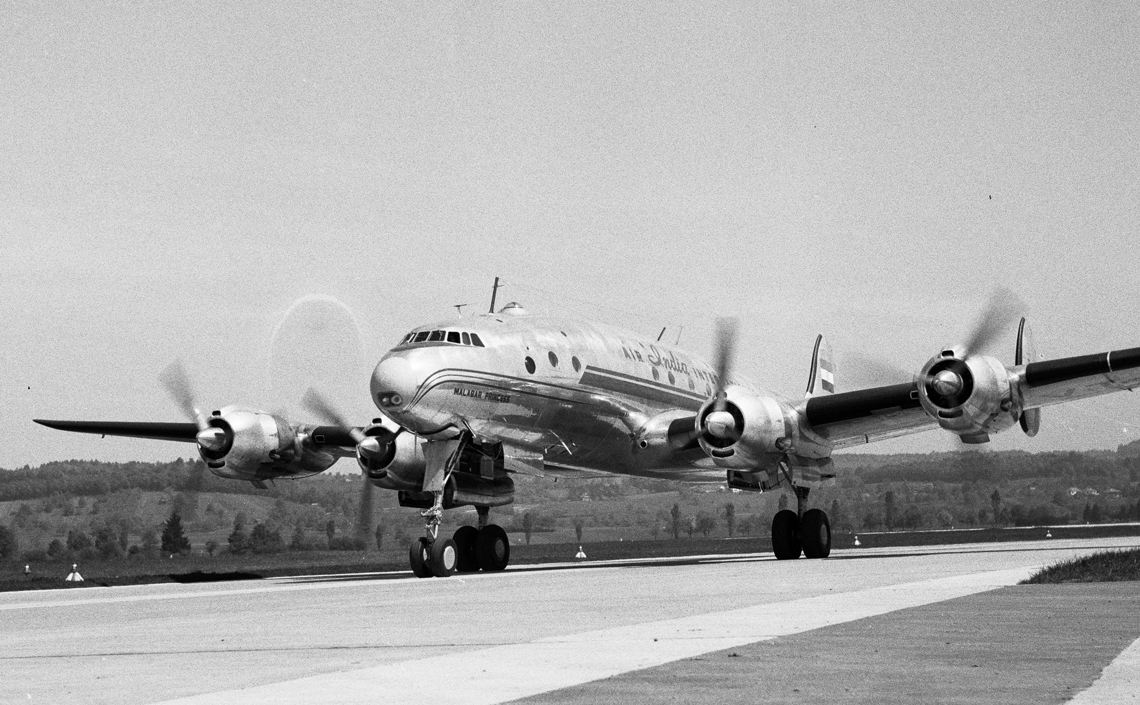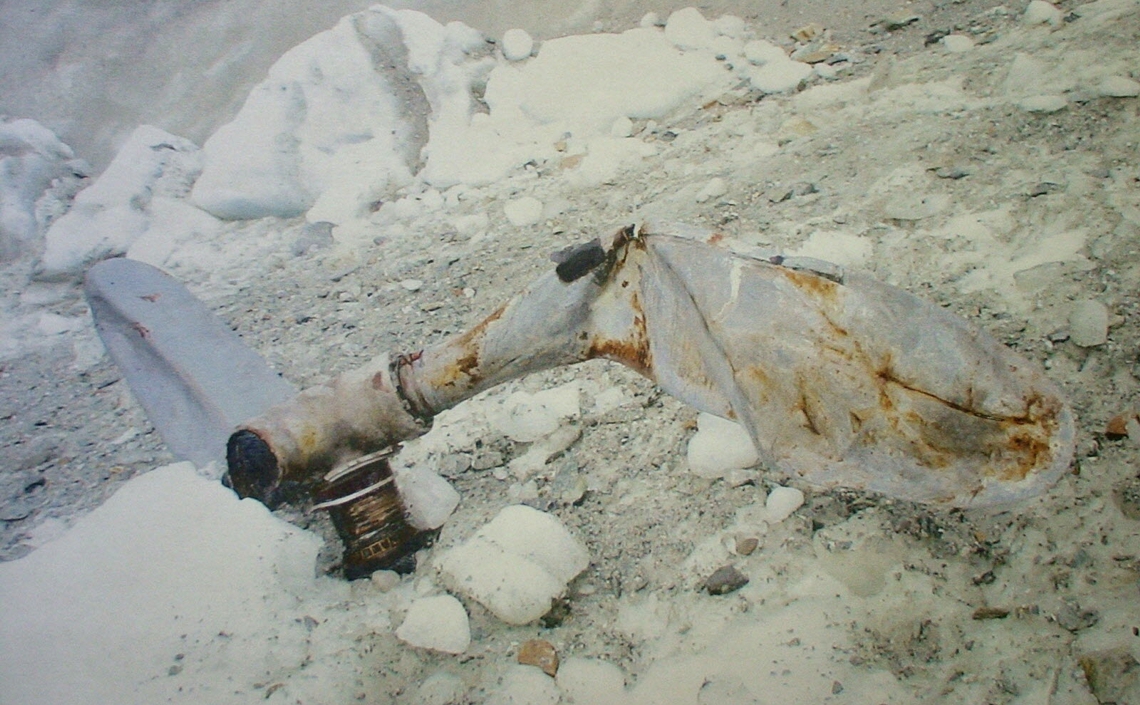
Air India International's Lockheed L-749A Constellation, VT-CQP "Malabar Princess", photographed at Zurich-Kloten Airport on May 3, 1949, during Indian Prime Minister Pandit Nehru's three-day official visit to Switzerland.
« Malabar Princess » - Mont Blanc, France, 1950
The backgroundOn November 3, 1950, the Malabar Princess, an Air India Lockheed Constellation (Flight 245, VT-CQP), tragically struck the Rochers de la Tournette on Mont Blanc while approaching Geneva International Airport. All 48 people on board were killed instantly.
The wreckage was scattered across the glacier and was never officially recovered. Over the decades, as the glacier shifted and snow melted, debris from the crash periodically resurfaced.
Remarkably, a second Air India aircraft met a similar fate at nearly the same location on January 24, 1966.
The Kanchenjunga, a Boeing 707 (Flight 101, VT-DMN) with 117 people on board, crashed into Mont Blanc under eerily similar circumstances.
Like the Malabar Princess, no official recovery efforts were undertaken for the wreckage or the victims of the disaster.
Malabar Princess
Several reasons drive our research on the slopes of Mont Blanc.
Firstly, no significant or official recovery operations have been conducted for the wreckage of the Malabar Princess (1950) and the Kanchenjunga (1966). Consequently, more than 100 tons of metallic debris have potentially been shifting with the glacier for decades, without substantial human intervention.
Secondly, the combined mass of debris from both accidents is exceptional, enhancing the effectiveness of remote sensing and increasing the likelihood of debris clustering in specific areas.
Thirdly, there is a well-documented history of artifacts lost to glaciers in high-altitude and polar regions. These include aircraft, space debris, infrastructure, and expedition equipment, underscoring the need to develop specialized tools for their detection and recovery.
Finally, the study area is less than 20 kilometers from the Swiss border, providing an ideal location to conduct full-scale tests of our opportunistic remote sensing equipment from the canton of Valais.
The mission
Our mission has several objectives.
The first is to precisely map the current distribution of debris from the two plane crashes, using algorithms specifically tailored to the glacier environment.
Additionally, the mission includes leveraging Machine Learning to analyze sets of radar images (SAR), calibrated through a network of devices deployed in Switzerland.
Finally, this mission marks the deployment of our first-generation opportunistic remote sensing devices, incorporating SAR and GNSS-R technologies.

